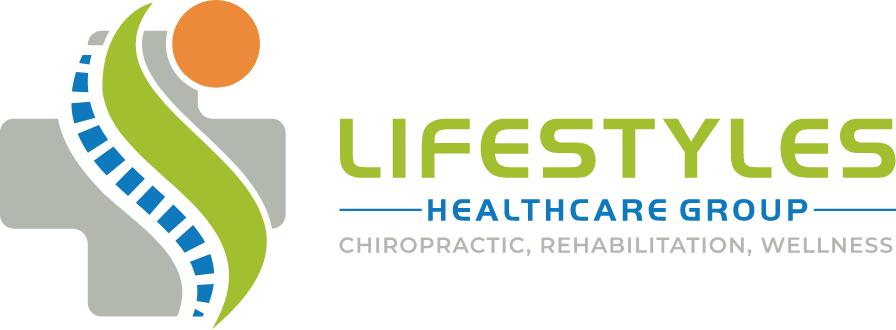 Bill was miserable after swinging a little too hard to hit a golf ball out of a sand trap on the 8th hole. He was limping and his leg hurt. He said it felt like a toothache in his leg. In fact, his low back and his buttock hurt too. When he coughed the pain shot like lightning down his leg. The doctor he went to called it “sciatica” from a pinched nerve in his low back, and gave him pain pills and muscle relaxers.
Bill was miserable after swinging a little too hard to hit a golf ball out of a sand trap on the 8th hole. He was limping and his leg hurt. He said it felt like a toothache in his leg. In fact, his low back and his buttock hurt too. When he coughed the pain shot like lightning down his leg. The doctor he went to called it “sciatica” from a pinched nerve in his low back, and gave him pain pills and muscle relaxers.
After taking the pills for a few weeks, Bill felt just as bad. But then he started to think about it. “If I have a pinched nerve,” he thought, “how can a pain pill and muscle relaxers ‘un-pinch’ it?” The answer, of course, is that they can’t.
The terms “Sciatica” and “Pinched Nerve” are general labels we often hear used to describe any pain that affects the lower back or leg yet most people don’t understand what these terms really mean. In fact, lower back and leg pain can be caused from a variety of conditions that all can seem similar, yet all can require different solutions.
The sciatic nerve is the largest nerve in the body and travels from the base of lower spine, runs under the musculature of the gluteal muscles and ends just above the knee in the back of the leg. Any pain symptom traveling below the knee is not sciatic pain. Common symptoms of sciatica are similar to the feeling of a dull, throbbing toothache in the gluteal region often traveling down the back of the hamstring muscle to just above the knee on one side. The sciatic nerve rarely gets “pinched” in the true sense of the word and instead gets inflamed due to irritation caused by improper alignment and muscular imbalances in the region. The most common place for the sciatic nerve to become irritated and compressed is just under a band of muscle called the piriformis in the gluteal region, hence the common phrase, “pain in the butt.” However, simply rubbing the muscle spasm out rarely provides long term relief.
Our muscles attach to bones and cross over joints. The main job of the muscles is to provide movement and stability for the joints they cross over. When a muscle spasms, there’s always a reason beyond just an over-active muscle. An unstable joint due to injury causes the muscles crossing over the injured joint to shorten and spasm so as to protect the instability. A fixated or “jammed” joint can cause the muscles to weaken and become more flaccid. Both situations create an imbalance, cause dysfunctional movement of the joint and body, and can eventually cause the joint and muscle to become inflamed, painful, and eventually degenerate.
